I was recently invited to create the material for a page on the Center for Photographic Art website devoted to my work. One of the things they wanted was what they called an Artist’s Statement. I’d done those for particular bodies of work before, but this was different: a couple of hundred words that summed up one’s whole photographic life.
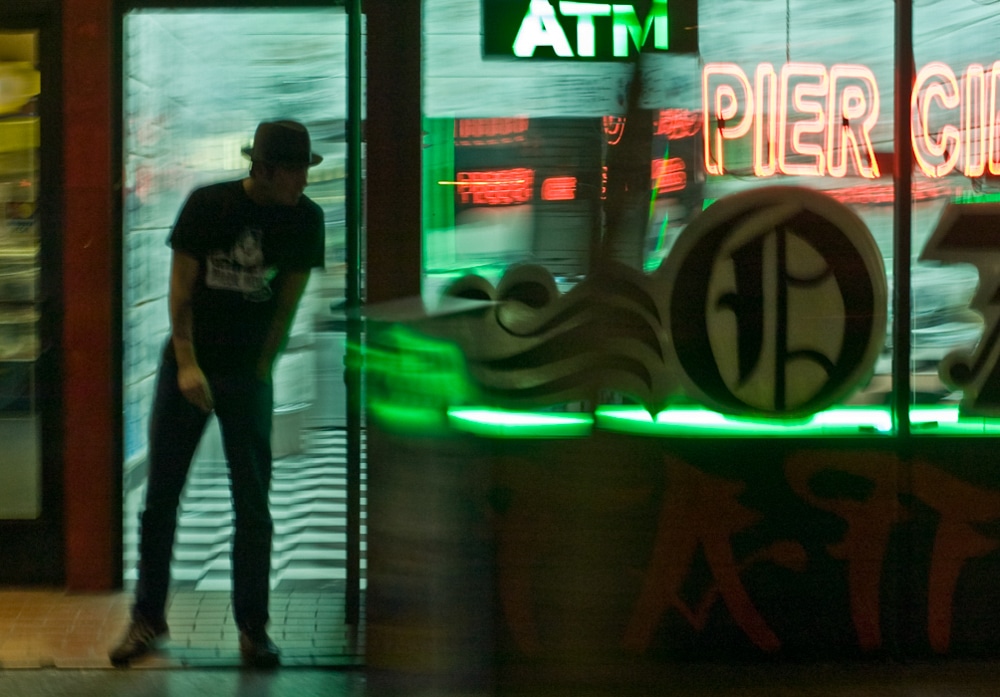
Awed by the magnitude of the task, I had a hard time getting started, but eventually cribbed some material from the afterword in Stacatto, and came up with this:
Without exception, my new work comes from the old work. It may not be obvious, predictable, or linear, but everything I do grows from things I’ve done. I’ve tried to make up great projects out of whole cloth, but it never works, or at least not until working at an idea shows me where to go next. For the last 30 years, I’ve been concerned with capturing aspects of the passage of time in my images. Each series has led to the next, sometimes by way of projects that turned out to be dead ends, but which told me where I had to go next.
For me, there’s an element of play, discovery, surprise, and wonder in making photographs. I value fluidity – getting to a place where there’s no clear dividing line between experimenting (playing, if you will) and doing serious work. I often employ a photographic approach opposite previsualization: I want to be surprised by some aspect of the image captured during the exposure. I create photographic series that make surprises likely, even unavoidable. I love doing this. I’m so excited about seeing what happened when I get to image editing. Over time, as – through the unavoidable process of learning – the results get more predictable, I start looking for a new project. I don’t do this kind of photography exclusively; I can be as calculating as I need to be in some circumstances. However, if all my photographs were heavily previsualized, my photographic world would be a colder, sadder, less playful place. I still value craft, but my photography improves if I don’t hold on to it too tightly and don’t spend much energy forcing my vision on the world. The world has much to teach me if I let it.
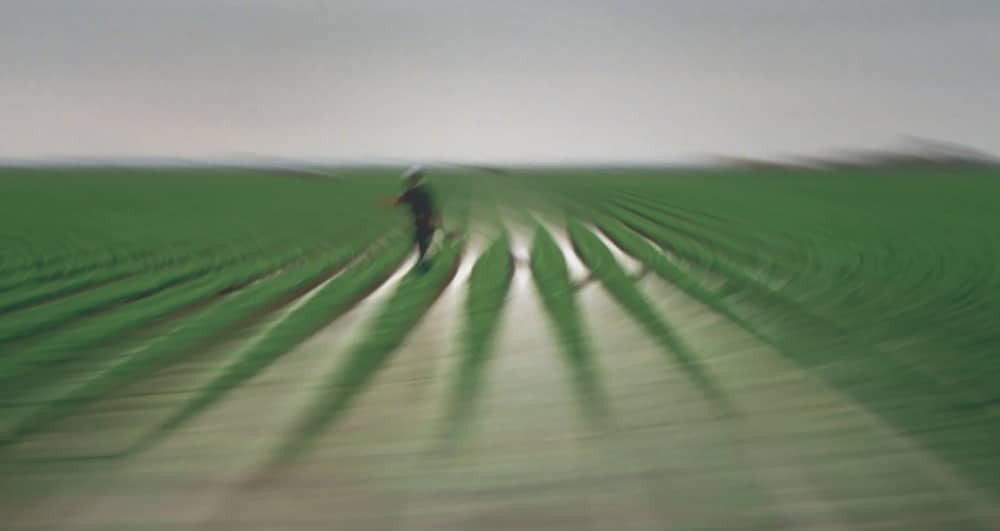
In one sense, it’s not very satisfying because it’s all about process, and not at all about the results. But, to me, it encapsulates why I make photographs, and what keeps me making them.
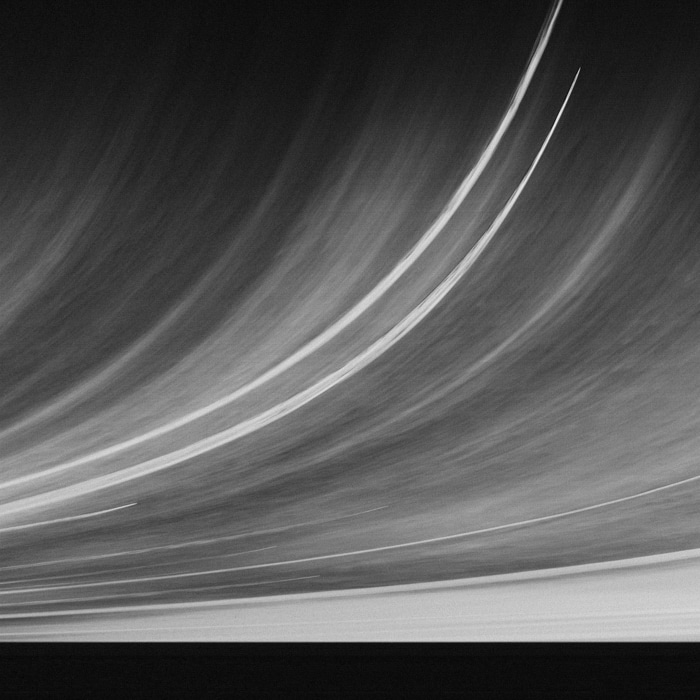
They asked for six images. Six images, to limn my whole photographic career! That was hard, too. The images accompanying this post are the ones I picked for the CPA.
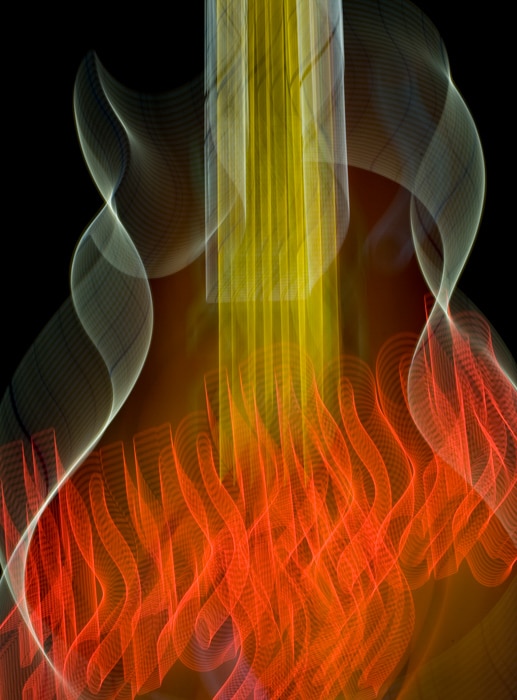
Here’s a link to the CPA page.
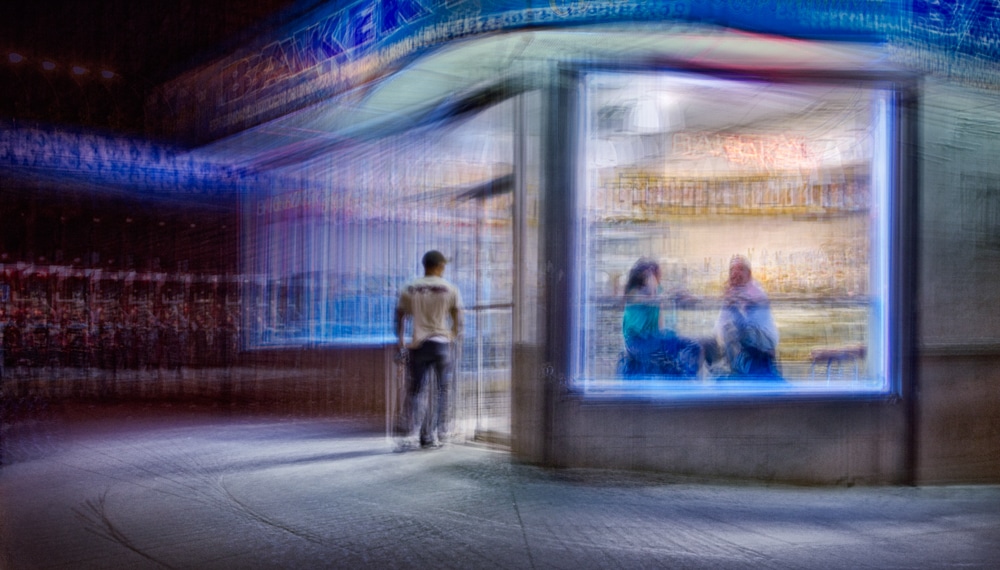
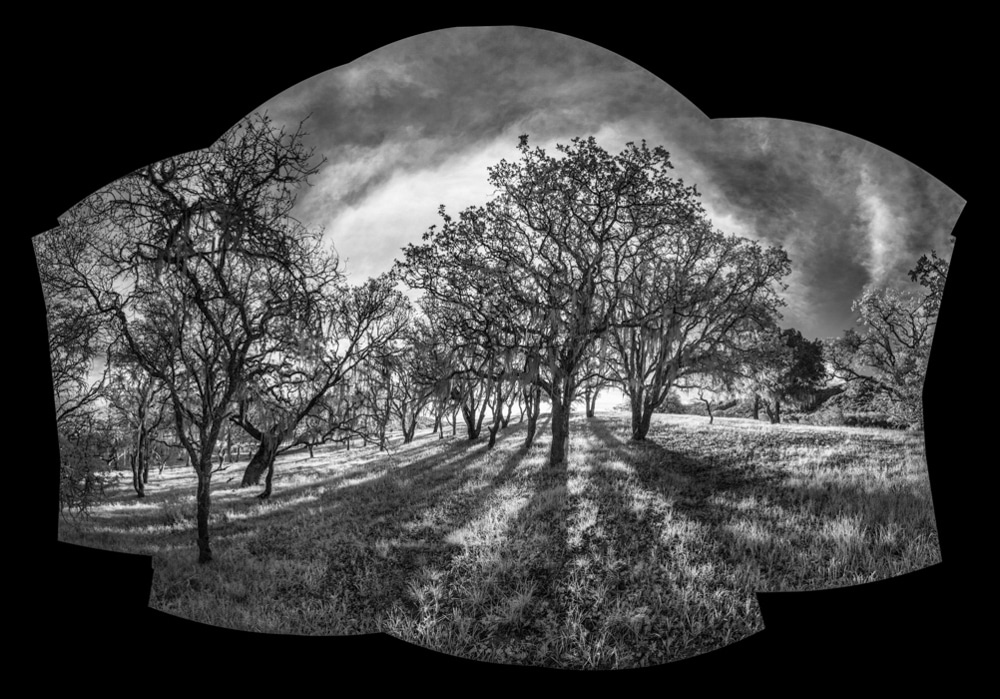
Leave a Reply